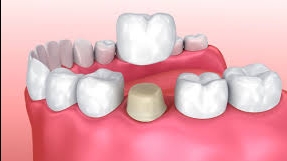Dental Whitening & Teeth with Crazing Lines: A Cautious Aesthetic Approach
Dental Whitening & Teeth with Crazing Lines: A Cautious Aesthetic Approach
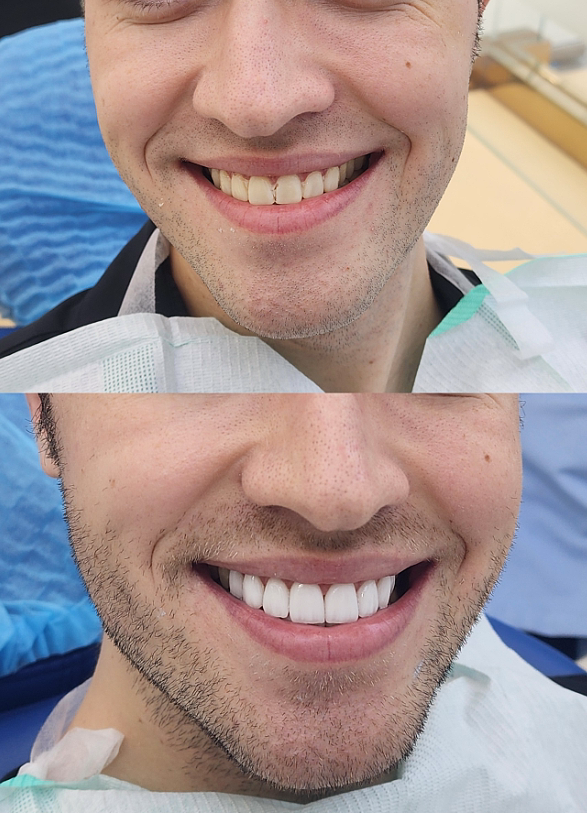
"Dental Whitening" employs high-concentration peroxides (e.g., Hydrogen Peroxide, Carbamide Peroxide), often light/laser-activated, to oxidize intrinsic tooth pigments. While effective for whitening, it poses significant risks for teeth with crazing lines (Cracked Tooth Syndrome - CTS).
Crazing Lines: Structural Vulnerabilities
CTS involves microscopic fractures within enamel/dentin without visible separation. Etiology includes:1
Biomechanical Stress: Bruxism, clenching, malocclusion, chewing hard objects.
Structural Compromise: Large restorations, dentin exposure reducing elasticity.
Thermal Cycling:Exacerbating internal stresses.
Often asymptomatic initially or presenting only with sensitivity/biting discomfort, CTS is easily missed clinically, requiring transillumination, diagnostic staining**, or microscopy for detection.
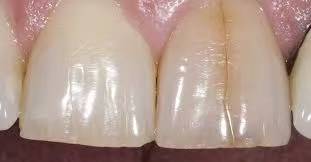
Whitening's Dual Nature: Efficacy vs. Risk in CTS
Whitening efficacy relies on peroxide's "high penetrability" through enamel and, critically, dentin tubules(1-3μm diameter pathways). For teeth with crazing lines, this becomes hazardous:
1. Direct Pulp Access: Cracks act as conduits, allowing gel rapid, direct access to deep dentin and the pulp chamber, bypassing normal tubule pathways. Concentration spikes at crack apices cause severe localized chemical insult.
2. Severe Pulpitis: High peroxide/free radical concentrations directly contacting pulp via cracks exceed tolerance, causing intense pain, persistent hypersensitivity, irreversible pulpitis, or necrosis.
3. Crack Propagation: Peroxides mildly erode hard tissues. Acting on compromised crack walls, they further weaken dentin, increasing the risk of crack progression to visible fracture or catastrophic crown failure under occlusal load.
4. Poor Long-Term Prognosis: Pulpal health remains compromised, and the tooth's fracture resistance is permanently reduced.
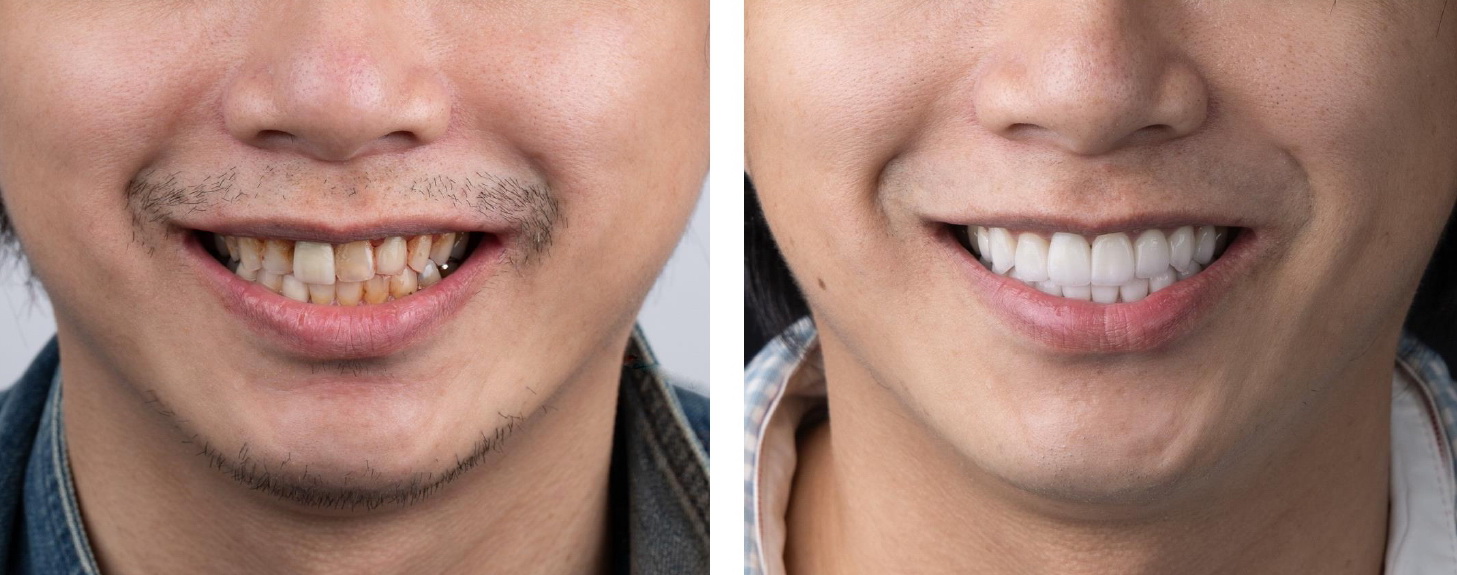
Clinical Management: Safety-First Protocol
Prioritize comprehensive assessment and contraindication management:
Essential Diagnostics:Beyond visual exam, use transillumination, diagnostic staining (e.g., methylene blue) thorough history (occlusion/sensitivity), and radiographs/CBCT for suspected CTS.
Absolute Contraindication: High-concentration chemical whitening is contraindicated for diagnosed or suspected active/symptomatic CTS, especially cracks extending pulpally.
Alternative Strategies:
Address CTS First: Restore structural integrity based on crack depth/location:
Adhesive Bonding: Seal superficial cracks.
Full-Coverage Restoration (Onlay/Crown):Protect teeth with deeper/extensive cracks.
Whitening Post-Restoration:After securing the tooth (e.g., with a crown), cautious whitening of adjacent teeth may be considered. Restorations are unaffected by whitening agents.
Low-Risk Options (Selected Cases): For very shallow, asymptomatic, stable microcracks,strictly monitored, low-concentration (≤6% H₂O₂) home whiteningmight be permissible with informed consentacknowledging reduced efficacy/speed.
Extrinsic Stain Removal: Recommend air polishing or microabrasion for surface stains only.
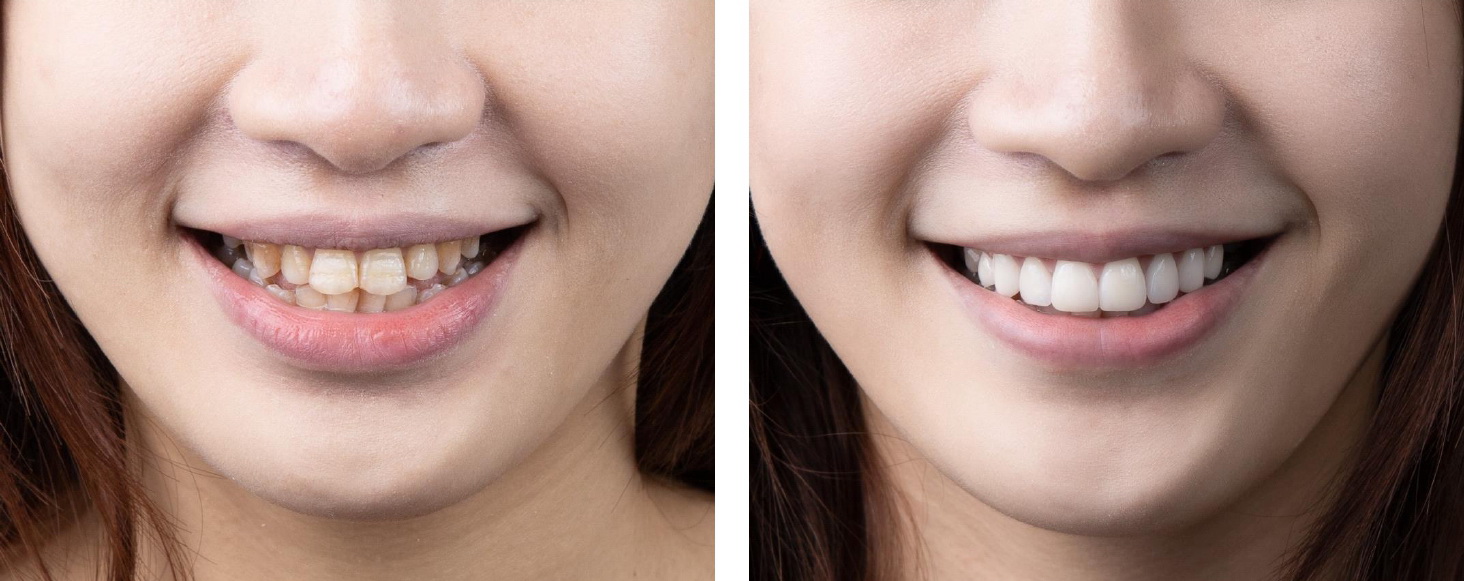
Conclusion
While dental Whitening offers significant aesthetic benefits, its potent penetration makes it hazardous for teeth with crazing lines. Peroxides exploit cracks as pathways, causing direct pulpal damage (pain, inflammation, necrosis) and increasing fracture risk. Oral aesthetics must be founded on structural and functional health. Diagnosis requires meticulous techniques (transillumination, staining). Management adheres to"treat pathology before aesthetics": repair the crack definitively (bonding/crown) before considering any whitening (e.g., low-concentration post-restoration).Structural integrity is paramount over whitening outcomes for compromised teeth. Vigilance against "silent" crazing lines ensures aesthetic pursuits are safe and sustainable.

